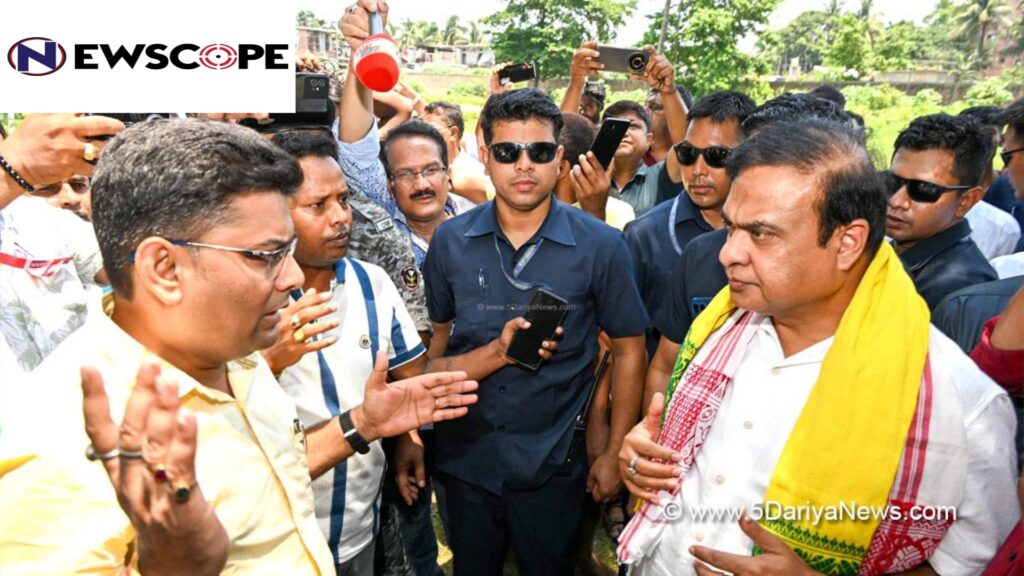Dhubri, a Muslim majority district in Assam bordering Bangladesh, descended into chaos as communal violence took root. The cause— suspected cattle remains near a Hanuman temple right around Eid Al Adha. This was seen as a provocative act, and violent protests, stone pelting, and mob attacks on local vendors soon followed. By the middle of the month, Assam police had managed to arrest over 50 individuals, in which 5 had charges of alleged cow slaughter and rioting filed against them under the Assam Cattle preservation act of the BNS.
CM Himanta Biswa Sarma became part of the controversy when he issued an order of ‘Shoot at Sight’ for nighttime nuiciances while visiting Dhubri. He deployed a Rapid Action Force and the CRPF overnight to curb more violence. He went on to accuse a ‘new beef mafia’ from West Bengal for links to these violence and that a group called ‘Nabin Bangla’ is behind the provocation due to the discovery of secessionist posters depicting Dhubri’s merger with Bangladesh. CM Sarna was accused of promoting a divisive ‘two-religion theory’ by Congress MP Pradyut Bordoloi while AIUDF’s Rafiqul Islam called for an unbiased investigation. Islam questioned the need for such extreme measures like encounters.
Dhubri’s proximity to Bangladesh and its history of immigration related tensions amplify its volatility. Inflammatory graffiti and repeated temple desecrations have become a pattern of provocation for Dhubri. Beef has been used as a communal flashpoint repeatedly.
Dhubri appears to have regained a tentative calm following the unrests. Although the calm may be superficial, with the potential for renewed unrest lingering.
